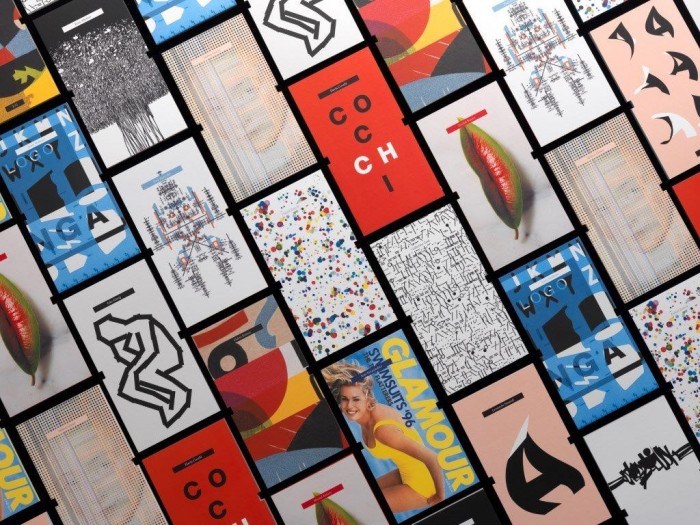 Last week we wrote about the way print irrevocably altered the way humankind remembers its collecting knowledge. And now, we look at some thoughts on why the choice of paper continues to have importance in our digital age.
Last week we wrote about the way print irrevocably altered the way humankind remembers its collecting knowledge. And now, we look at some thoughts on why the choice of paper continues to have importance in our digital age.
In The Book of 12 (published by Antalis, a major European paper distributor), author Véronique Vienne shares the thoughts of 12 contemporary designers, brand experts and ad agency heads around the world.
“The Book of 12 project was inspired by simple questions for the designers of today: is the choice of paper still a creative act? Does it contribute to the impact of a message, an idea or a concept? Their answers, as well as being enlightening and inspiring, reveal that they all consider paper to be an integral part of the creative process,” the site notes.
We share some of the insightful and inspiring answers (quoted directly from the article):
- Milton Glaser (USA). Probably the most famous graphic designer in the United States, for his iconic “I ♥ NY logo” and 1967 Bob Dylan poster, had this to say: “When it comes to paper, people associate authenticity with tactility.” He regrets the fact that designers often no longer draw their ideas on paper but seek ready-made images. “For me, it is the most extraordinary encounter: a rough surface – paper – that accepts the trace of a writing tool. For a designer, it is the fundamental engagement.”
- Catherine Zask (France) is a graphic artist, poster designer and writer in love with paper: “The pleasurable sensation that you experience when handling paper becomes associated with the message printed on it.” She adds: “I do not have a favourite paper — the ultimate choice depends on the design, the client’s personality, and the message.”
- Leonardo Sonnoli (Italy) focuses primarily on the visual identity of public institutions and private companies: “It’s easier to feel that you can own a message when it is printed on paper…for a great result, the quality of the paper is almost always as important as the quality of the design.”
- Park Kum-jun (South Korea) is the award-winning founder of his own design agency who creates catalogues, exhibition posters, calendars, magazine covers and conceptual installations: “Paper instills emotions into content and form, so I select the paper in the pre-planning stage. Sometimes, an entire plan or idea starts and grows from a specific type of paper…my work on paper gives away its mystery gradually, one discovery at a time.”
- Reza Abedini (Iran) designs posters, book covers, and announcements to promote events in the Arab World but also in the Netherlands, France, Ireland, Greece, or England: “When an idea starts to form in my mind, its paper manifests itself at the same time…I consider the type of paper, its colour, its weight, and its texture, a main part of each project … not just the surface on which the design is printed.”
The tactile nature, the sensory experience, the creative act of putting ink on paper; it’s all a part of our connection with this medium, a connection that seems all the more premium now that so much of what we experience is digital.
